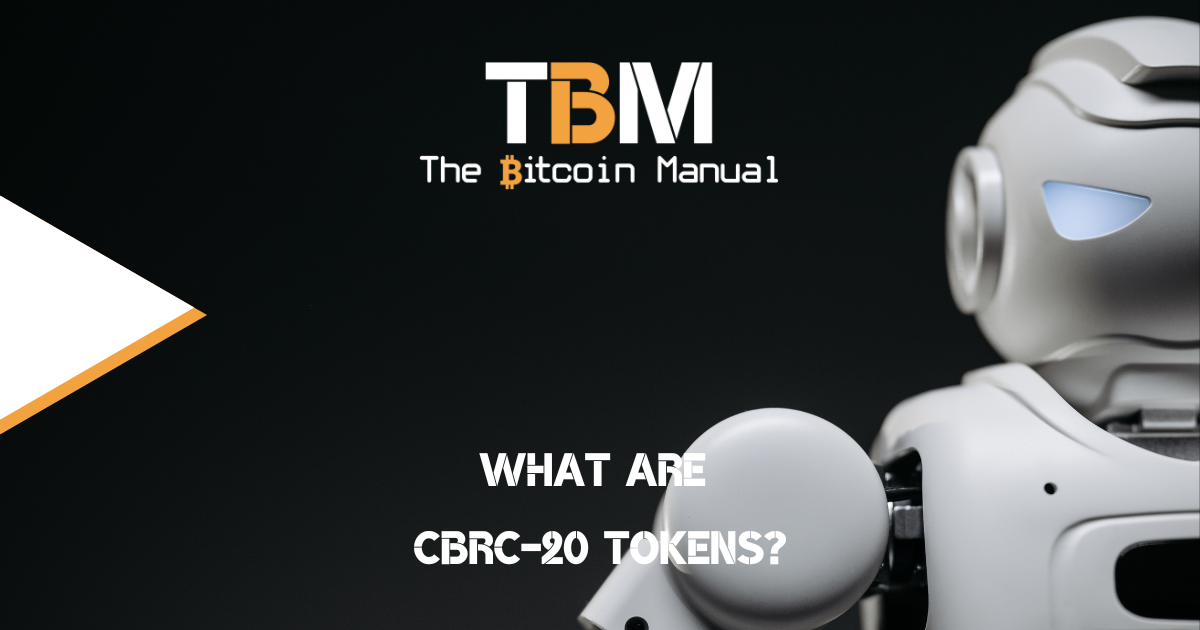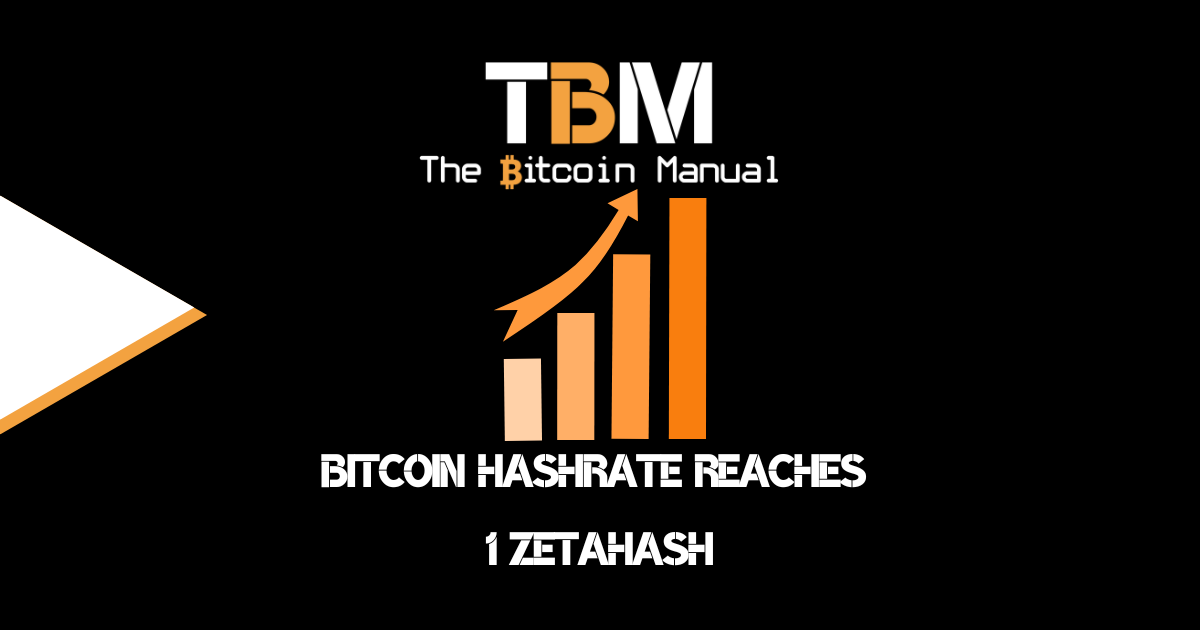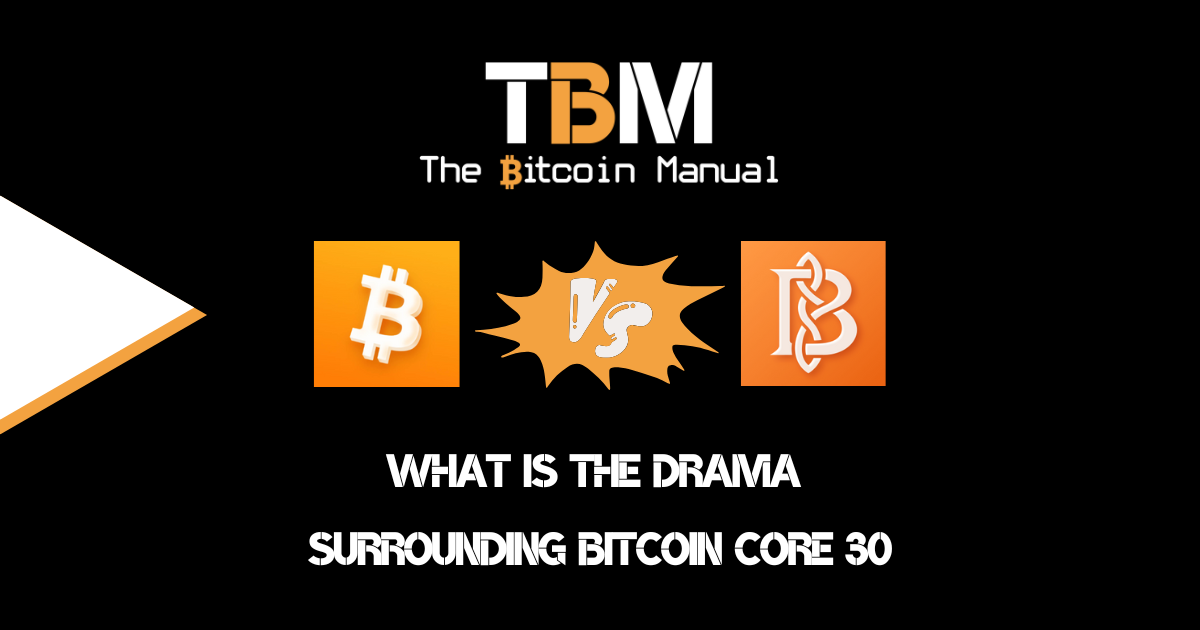The fees on the Bitcoin blockchain have been absolutely ripping over 2023. Sure, that has something to do with the increased price action, but you don’t normally see a 3x gain over 12 months result in a 44x increase in fees, especially when we have layer twos helping offset transactions.

As a Bitcoin user, you should expect to pay premium fees to move your funds to an address; that is normal; that’s the cost of a final settlement on the world’s most secure network, but the going price for block space is a little too high for the average pleb.
You might have Bitcoin on an exchange or a custodial service, wondering if it is worth moving on-chain? You have to consider the fees to move it and any future fees you will incur to spend it later.
While you figure out how best to balance your need for self-custody versus the risk of using custodial services or second-layer solutions, there’s another crowd happily overpaying for block space.
There’s a new trend on the blockchain
If you’re not paying attention to the Ordinals market and how it changes and matures, you might not realise how big an effect it has had on the chain’s current state.
In the case that you’re too busy providing value to the market with your skills and time and only want to save in Bitcoin, then you probably have yet to hear of the myriad of different so-called tokens currently available:
BRC-20, BRC-30, BRC-721, ORC-20, SRC-20, Runes, and the list is forever expanding. Having all these token standards along with NFT creation has seen blocks stuffed full of data that only means something to this cohort of Ordinals supporters, while the rest of the network couldn’t care less.
Now, usually, other network users wouldn’t care what others are doing as long as they pay the fees and follow the network’s consensus rules.
But with Ordinals seen as a waste of resources by some, there have been attempts to try and reduce its impact on the chain. Transaction purist Bitcoiners have begun supporting projects that filter Ordinary transactions from their nodes, while some miners purposefully ignore Ordinary transactions when creating a block template.
Ordinal users claim this is a form of censorship despite other nodes and miners still processing their transactions. Still, they feel they can only rely on this for a while and are also looking for alternatives to combat this censorship.
One method uses bare multi-sigs to create inscriptions, a process known as STAMPS, while another proposal has also been pushed forward in Inviscriptions. Both countermeasures would require even more resources than the current inscriptions, which means pushing users to these options will only worsen the problem.
However, a new twist has emerged in the form of CBRC-20 tokens, which take an opposite approach.
What are CBRC-20 tokens?
When I say the opposite approach, I mean instead of taking up more resources in a block with the trollish use of STAMPs, CBRC-20 rather tries to use less block space. Effectively saying we understand we’re causing friction, so let’s make a compromise; I suppose that’s what the C in front of BRC-20 should stand for.
Cy[bord] or CBRC-20 is a proposal to keep the same functional logic of the BRC-20 “Metaprotocol”, only reducing the cost of each inscription and simplifying the indexing process.
Do a quick search with your preferred search engine, or hit up YouTube to check out what the hype is all about. You’ll find a host of low-brow parroted articles or videos from simple Simons reading off Tweets or those same blog articles offering zero insight.
You’ll be met with the same ChatGPT-generated script filled with buzzwords, a revolutionary new standard, a game-changing new investment opportunity, blah bla bla bla bla bla bla bla bla bla bla bla.
The TLDR is that it’s nonsense; sure, you could make a bit of money in any speculative market, and when a “new standard” is launched, there is always initial interest and frothiness, but looking at CBRC-20 as a vast improvement that has the legs to stand on its own, consider me a doubting Thomas.
CBRC-20 tokens are standard (as much of standard as me telling you this text file is how we set up our agreement; let’s all stick to it) for creating digital assets using Ordinals on top of the Bitcoin blockchain. It has the exact same deploy, mint, and transfer functions as BRC-20 to create & transfer tokens. At the same time, you leverage 3rd parties to do the indexing of the balance state of both BRC-20 and CBRC-20.

Why the buzz about CBRC-20?
Due to a recently updated version of the Ordinals protocol version 0.10.0, there is now the ability to include a metadata field; CBRC-20 utilises this part of the inscription envelope to dump its specifications in there, saving storage and creating uniformity for indexers.
This change means BRC-20 tokens cannot migrate towards using 0.10.0 and have to remain on the previous instance of the protocol, a decision referred to as “The Freeze.”
Since Ord 0.10.0 isn’t compatible, token holders have two choices: bridge over to the new standard or stay on the old standard and hope that their version prevails; in a way, it’s like a hard fork in their history.
Now that CBRC-20s are rolling out on OTC markets, as indexers and marketplaces race to support it, what does it bring to the space?
Potential for scalability
Claims are that CBRC-20 tokens could offer a more scalable and lightweight alternative to regular ordinals, potentially mitigating concerns about bloating the Bitcoin blockchain. Relatively speaking, yes, it could reduce space and cost, allowing for more transactions to fit in a block, but that doesn’t mean it will reduce fees; block space is still limited, and therefore, if demand picks up, you’re back at square one.
New use cases
They open avenues for applications like custom MIME types for each inscription, so you can be sure the next phase of NFTs will be minting on PFPs. While many of us in the 3rd world need to pay a little extra to protect ourselves against local currency debasement, some tool on T(x)witter will get to flex his anime Waifu pic he overpaid for; wow, revolutionary!
Accessibility
Anyone with enough technical knowledge can create and mint CBRC-20 tokens, potentially fostering wider adoption, especially if it keeps fees lower; it allows more users to come in and apply these lottery mints for tokens and try to sell them on secondary markets.
Regulation
Again, changing the way you format arbitrary data changes very little from a regulatory space; you are still creating unregulated securities and trading them under the guise of expected future profits.
Despite no action taken against any of these projects, the legal and regulatory landscape around these BRC-20 token types and their various offshoots remains clear if we compare them to what has happened on altcoin chains like Ethereum.
Just because the issuance mechanism/distribution mechanism is different from Smart contract token creation, it does not prevent it from being a security.
The future of CBRC-20 tokens
It’s still too early to predict the long-term fate of CBRC-20 tokens. Their success will depend on several factors, including:
- Technical advancement: Continued development and refinement of the standard to address security and usability concerns.
- Community adoption: Whether developers and users find value in utilising CBRC-20 tokens for various applications versus BRC-20.
- Regulatory clarity: Establishing clear legal and regulatory frameworks to ensure transparency and investor protection.
If fees become the foundational factor
Will CBRC-20 tokens become a game-changer for Bitcoin? Only time will tell. However, their emergence demonstrates the ongoing potential for fees to drive incentives within the Bitcoin ecosystem. While there isn’t anything particularly interesting about CBRC-20 tokens, the one thing I can take from it is the slight admission that fees are becoming a problem for this crowd.
Do they remain a niche community of people, or do they try to lower the barrier to entry and expand to support cheaper options? If the trend is towards lower fees for speculation, the rational option would be to migrate all this activity to a Merkle tree environment like a rollup or Taproot assets instead.
Until then, the reality will be a high-fee environment as the battle over Ordinals, the controversial practice of inscribing arbitrary data directly onto the Bitcoin blockchain, continues to rage.
Do your own research.
If you want to learn more about CBRC-20 tokens, use this article as a jumping-off point and don’t trust what we say as the final say. Take the time to research, check out their official resources below or review other articles and videos tackling the topic.




